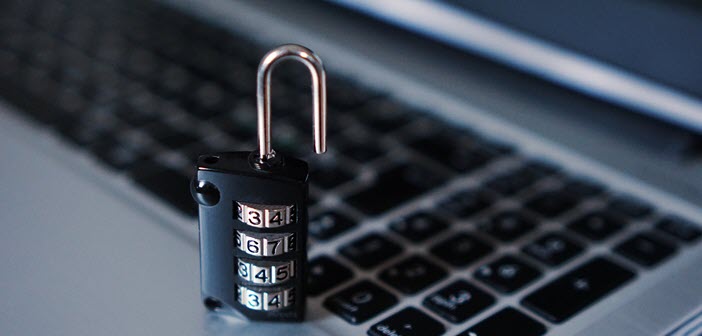From an information and technology perspective, we live in a truly connected world. You’re reading this blog post on a device connected to the internet – where tens of billions of other devices are also connected simultaneously. While this huge online network offers a wealth of new opportunities in research, data collection, and analysis, it also leaves a massive weak point in your virtual defences.
The wealth of information available on the internet and on internet connected devices and private networks is a huge temptation to cyber criminals, terrorist organisations, non-state actors, and countries engaged in cyber espionage.
Keeping your organisation’s data and networks secure can be a full-time role. However, implementing some simple steps can have a huge impact. Think about it like this: in our homes and offices, we have door and window locks that meet certain state or country standards, and as new physical security is devised, we make upgrades. The same practice should be undertaken in the virtual, internet-based world.
Upgrades are especially important for maintaining secure environments. For example, you may have a password-protected mobile device, but unless you’re keeping up with software updates as well, you’re leaving a major avenue open for security breaches. Cyber criminals and other bad actors are extremely clever and will take advantage of weaknesses in software, which often occur when the software is outdated.
The First Step: Adhering to Government-Approved Guidelines
Advice and guidance from programs like Cyber Essentials, a UK government-backed, industry-supported program to help organisations protect themselves against common online threats, can help companies protect against cyberattacks.
As a Cyber Essentials-certified leading technology company, Hexagon understands the importance of preventative measures like approved checklists, guidelines, and recommendations to help prevent weaknesses and attacks in cyber security.
Is your organisation in the process of implementing technology, geospatial or otherwise, and would also like to prioritize enhanced cyber security? A good first step is to follow guidelines and recommendations backed by your state and/or country-level governments.
You might also ask your vendors if they have industry-recognised certificates, trained and certified developers, or policies and procedures regarding cyber security.
These are just a few suggestions your organisation can implement to keep your IT environment and applications safe in an age of cyber insecurity.















